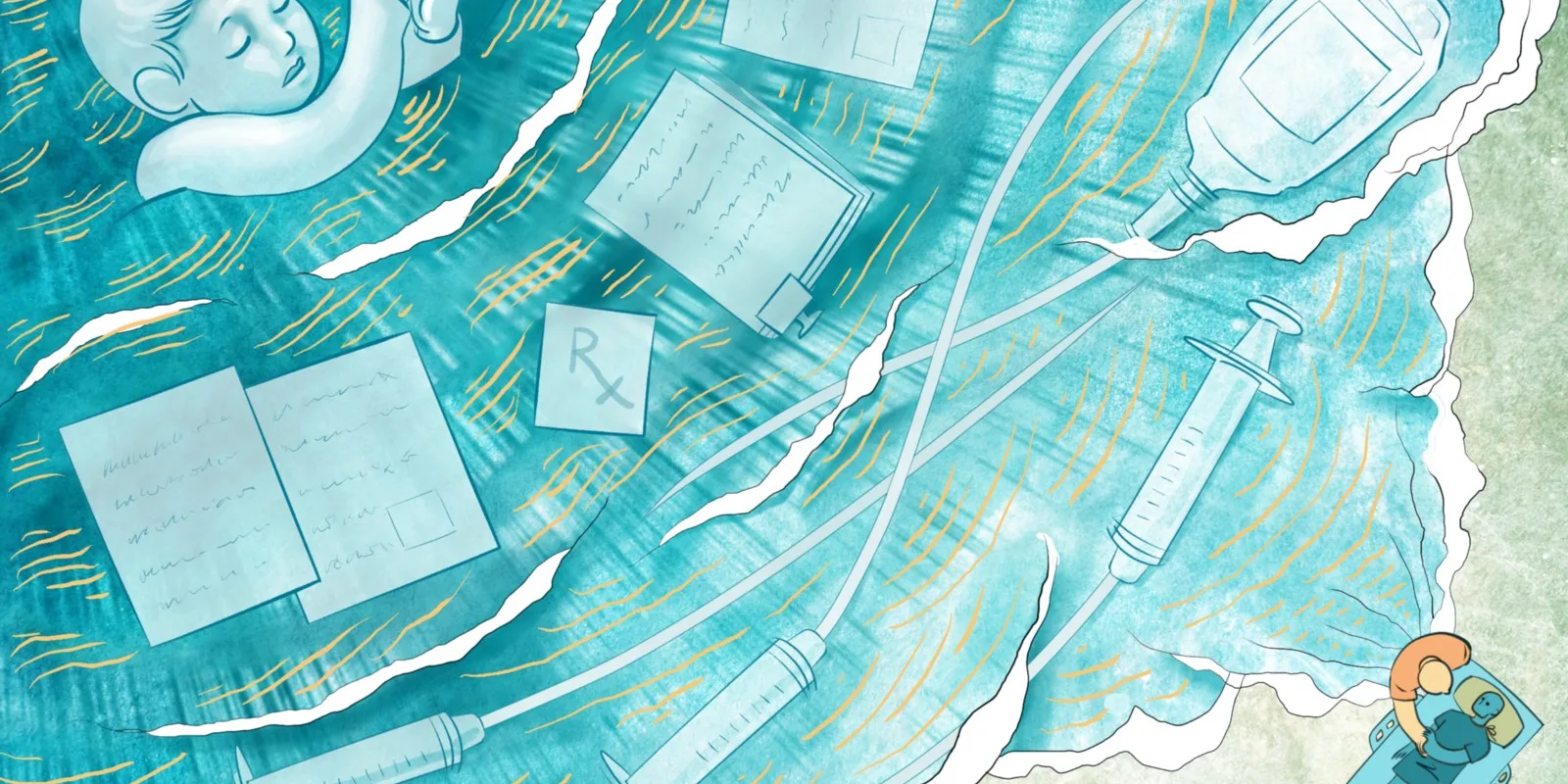A Poem & Conversation with Audrey Shafer, MD
This is part of the Medical Humanities Series on Op-Med, which showcases visual and literary art by our members. Do you have a poem or visual art piece you’d like to share with the community? Submit your piece here.

How to Be an Anesthesiologist
Meet your patient
minutes before you render him more
helpless than an infant
unable to speak, blink, breathe
No, first check machines, suction
fill syringes of bliss and paralysis
No, first go to bed just after your children
No, first read about your patient for the next day
the narrow turnings of vessels
medication lists long as unhappiness itself
No, first learn about the new study
how the greyscapes of ultrasound show voids
where pain relays
No, first and foremost, remember to be humble
to nourish curiosity, convey confidence
reflect on waterfalls and the ineffable
because tomorrow becomes today
becomes the day
you and your patient
meet.
What inspired this piece?
Anesthesiology is crystalized medicine. But, like any crystallization process, there is an entire history and context to what is visible. That is, the time involved with caring for one’s patient is not limited to the start and stop time of anesthesia services. I wanted to explore more of this process, and how it leads to the incredibly important moment when the anesthesiologist and her patient meet — when the patient gives the gift of trust, and the anesthesiologist acknowledges the responsibility of caring, in every way, for her patient.
Why did you choose poetry for this topic?
Poetry is intimately related to anesthesiology. Neither is fully understood, both involve metaphoric ways of viewing and processing the world. Both explore altered states of mind. Both are critically concerned with breath — and with pace, surprise, and the arc of time. To summarize either a poem or an anesthetic means a loss of nuance, and a glossing over of the myriad turns, meanings and echoes both poetry and the practice of anesthesiology contain.
How long have you been writing poetry? How did you get into it and have you published any other pieces in the past?
I took my first poetry writing workshop when I was a medical student, but it wasn’t until I was an assistant professor that I discovered the academic world of medical/health humanities. I think the attention to what is said, and unsaid, in a poem is good practice for any patient encounter, as well as for understanding team dynamics in an operating room.
What led you to found Stanford’s Medicine & the Muse program and what do you enjoy most about it?
Stanford Medicine and the Muse: An Arts, Humanities and Medicine Program is a resource for students, faculty, staff and the community to engage in the meanings of being human, being mortal, and caring for others. It was a slow process to create the program — it started as an elective course for medical students, called Literature and Medicine. We grew into a more defined program by encouraging Stanford University School of Medicine to include the arts, humanities, and qualitative social sciences as ways for students to do medical scholars research projects and to complete a scholarly concentration in this area. Hands down, the best aspects of directing the program are the people involved — passionate, talented, creative and kind. The collaborative spirit has been a hallmark of our Frankenstein@200 initiative, which commemorates the 200th anniversary of the publication of Mary Shelley’s novel.
Audrey Shafer, MD is Professor of Anesthesiology, Perioperative and Pain Medicine, Stanford University School of Medicine / Veterans Affairs Palo Alto Health Care System; founder and director, Stanford Medicine & the Muse Program, Stanford Center for Biomedical Ethics; co-director, Biomedical Ethics and Medical Humanities Scholarly Concentration; and co-founder of Pegasus Physician Writers.







